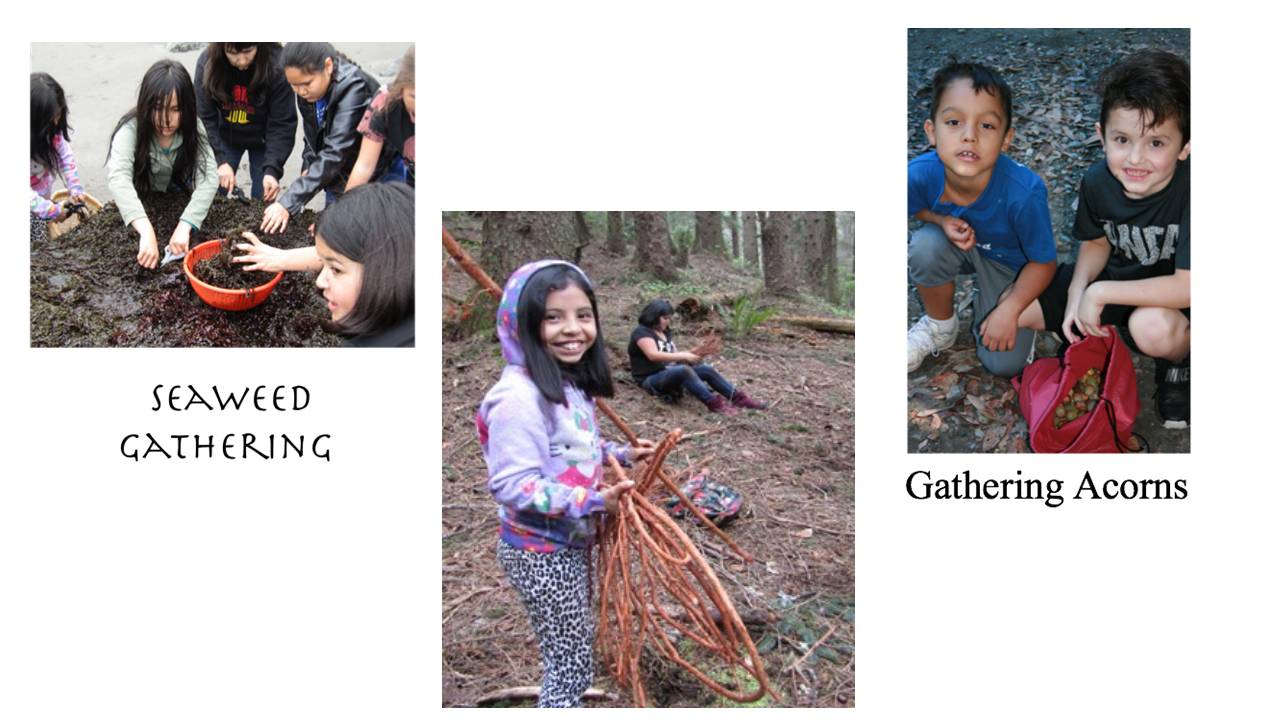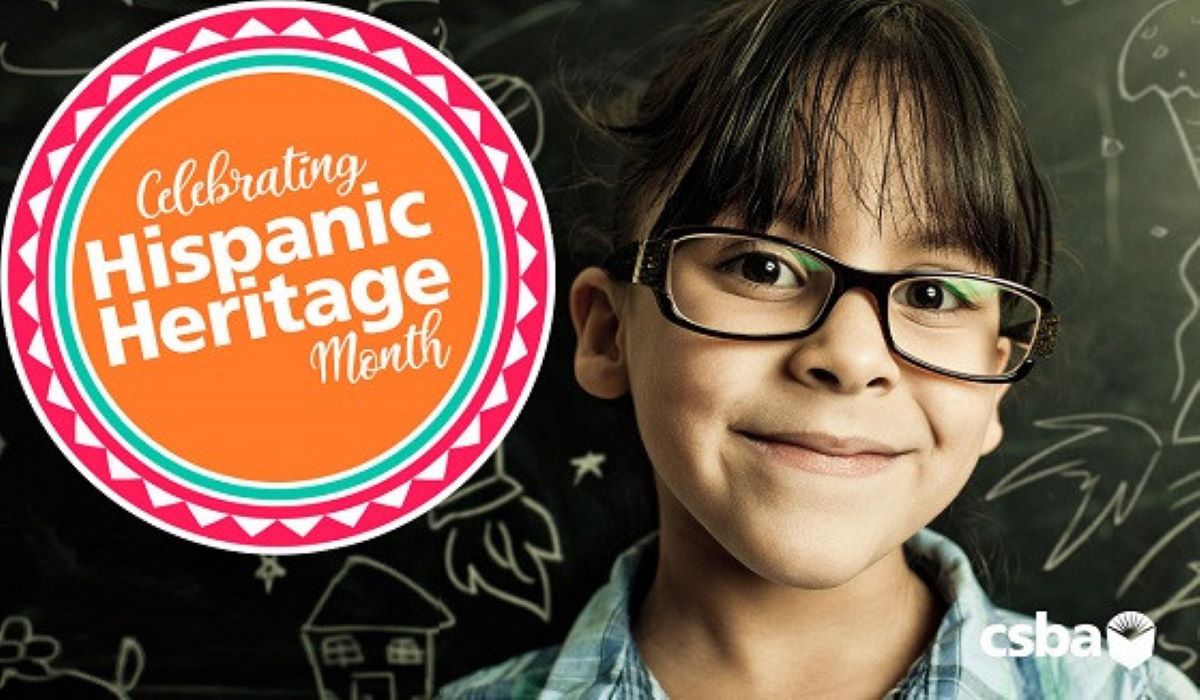CSBA is celebrating National Native American Heritage Month with stories of people and programs that uplift Native American students.
Klamath-Trinity Joint Unified School District, located in the Six Rivers National Forest in the far reaches of northwest California, comprises just over 1,000 students attending seven schools. More than 80 percent of the district’s students are Native American, most hailing from the Karuk, Hupa, Tsnungwe and Yurok tribes, and the district’s boundaries encompass the rural areas of the Hoopa Reservation, the Yurok Reservation, and parts of the Karuk and Tsnungwe ancestral territories.
Recognizing the importance of culturally relevant curriculum and listening to student and community voices, the district’s Indian Education Department was created to meet the unique needs of this student population. The department’s main components are a resource center, which includes access to a focused K-12 curriculum, and a reading intervention program. The resource center is a treasure trove of Native American history — both local and national. However, the focus on local tribes has increased since Margo Robbins, director of the Indian Education Department, came on board. She led a project about eight years ago to overhaul the existing curriculum through a grant from the Land Tenure Foundation. The district contracted and consulted with experts from local tribes to develop a K-12 curriculum based on their local history and culture.
In addition to the curriculum, the resource center offers language materials, audio and video tapes, posters, historical photographs, anthropological and linguistic information, locally developed children’s books in four languages (Hupa, Karuk, Yurok, and English) and other resource materials on the Hupa, Karuk, Yurok and other tribes of California and Indian Nations across the United States. The resources are available to everyone in the community.
The resource center and specialized curriculum really help students to feel connected to their education, according to Robbins. “The goals of our program are to make education relevant for our students, to help them understand who they are and where they came from, and about their homeland,” she said. “We also want to help our students attain grade-level proficiency and that’s one of the reasons we aligned our curriculum to the Common Core standards and why we have a reading intervention program.”
The district meets regularly with representatives from the local tribes through its Indian Policies and Procedures Task Force. This allows an open communication line for discussion and feedback on any school matters including budget priorities. These meetings also allow partnerships to flourish where the tribes are providing services to students such as cultural celebrations, tutoring and basket weaving, just to name a few, said Robbins.
The feedback from students and families has been overwhelmingly positive, and Robbins and the community look forward to a time when they can resume their community gatherings for cultural celebrations such as the annual Acorn Festival.
“Our students need to be successful in two worlds,” said Robbins. “We need to know who we are as native people and what that means in this time and this place. And we also need to be able to make a living and provide for our families. And however an individual defines success, we want to provide the opportunities for them to fulfill those goals.”





